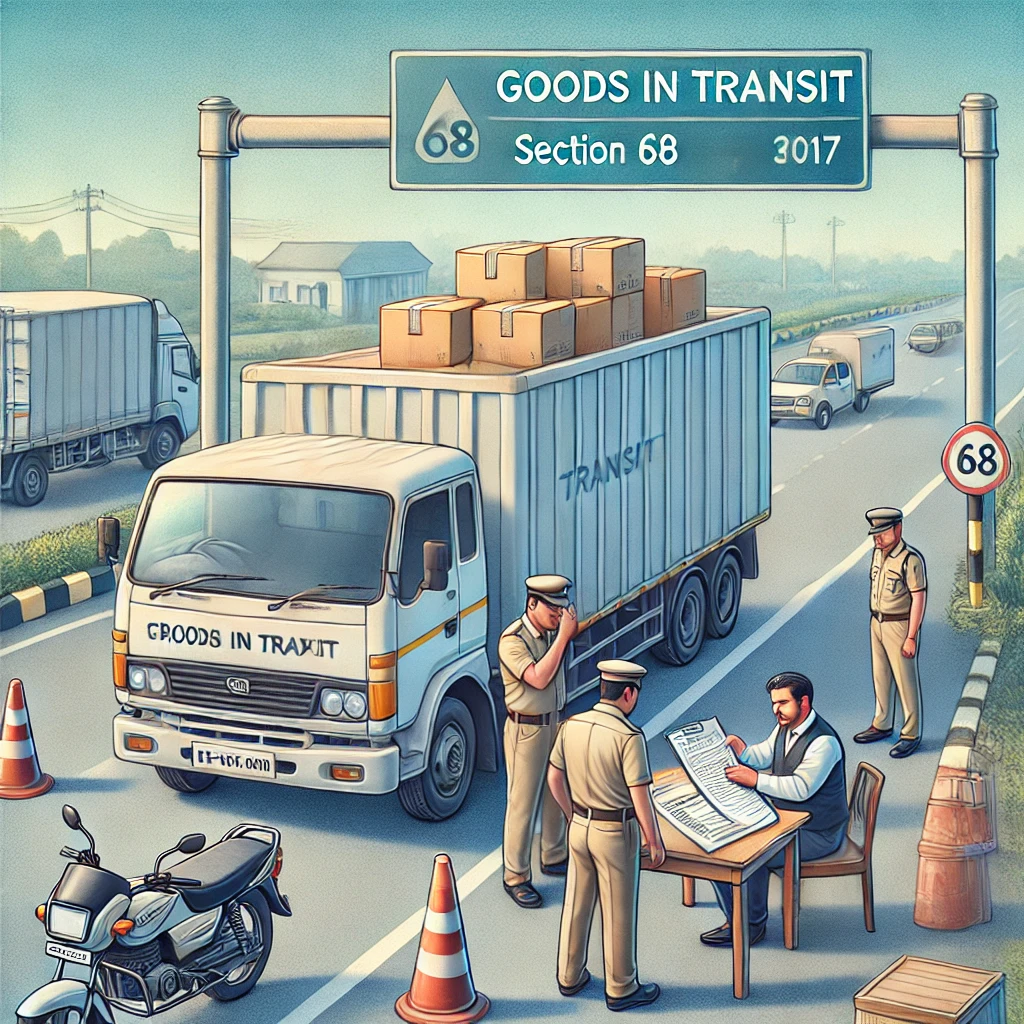Key Focus Areas for Suppliers with the New Invoice Management System.
The Invoice Management System (IMS) is a transformative feature introduced on the GST Portal starting October 2024 returns. This system aims to enhance transparency and streamline compliance for both suppliers and recipients. While initially optional, its implications are significant, especially for suppliers. This blog outlines the process flow of IMS, the role of suppliers, potential challenges, and actionable steps for seamless compliance. GST Registration
Understanding the Process Flow of IMS
IMS facilitates a streamlined process for handling invoices, debit notes, and credit notes. Key points include:
1.Recipient’s Role:
- Recipients review records on their IMS dashboard and can accept, reject, or keep records pending.
- Only accepted and deemed accepted records (where no action is taken) will flow into GSTR-2B and subsequently into GSTR-3B.
2.Supplier’s Role:
- The supplier can view actions taken by recipients through the Supplier View functionality on their IMS dashboard.
- Suppliers must address recipient actions, as rejections can directly impact their liability.
Supplier’s Responsibilities Post-IMS Rollout
Suppliers initiate transactions and are critical to ensuring compliance. Here’s what suppliers need to focus on:
1. Accuracy in Returns
Suppliers must file correct and complete returns to avoid discrepancies that could block recipients’ Input Tax Credit (ITC).
2. Monitoring ‘Supplier View’
Suppliers can now track recipient actions in the Supplier View section, helping them proactively address any issues.
3. Understanding Exclusions
Certain records are excluded from IMS actions, such as:
- Records where ITC is ineligible due to Place of Supply rules or Section 16(4) of the CGST Act.
- Reverse Charge Mechanism (RCM) supplies. GST Filing

When Rejections by Recipients Impact Suppliers
Rejections by recipients in specific scenarios can lead to an increased liability for suppliers in their subsequent GSTR-3B filings. Examples include:
- 1.Original credit note rejected by the recipient.
- 2.Upward amendments of credit notes rejected by the recipient.
- 3.Downward amendments of invoices or debit notes rejected by the recipient.
To prevent such issues, suppliers must:
- Maintain clear and timely communication with recipients.
- Ensure prompt resolution of discrepancies.
Fixing Errors in Returns
Suppliers can amend errors using GSTR-1A, allowing them to correct inaccuracies before filing their GSTR-3B for the same period. This ensures:
- Accurate ITC reflection in the recipient’s IMS dashboard.
- Avoidance of working capital losses.
Communication via GST Portal
The GST Portal offers a communication functionality for suppliers and recipients to resolve issues related to invoices, further reducing discrepancies.
Tips for Smooth IMS Implementation
- Reconciliation: Regularly reconcile invoices to avoid mismatches.
- Staff Training: Equip teams with updated knowledge on IMS functionality.
- Stay Updated: Keep abreast of advisories and updates from GSTN.
Additional Resources on IMS
To navigate IMS effectively, refer to the following resources:
- 1.Advisory on IMS implementation and supplier view.
- 2.Draft Manual on IMS.
- 3.FAQs and additional FAQs on IMS.
- 4.Advisory on hard-locking auto-populated liabilities.
The introduction of IMS marks a significant step toward streamlining GST compliance. For suppliers, vigilance, accuracy, and proactive communication are key to navigating this system effectively. By leveraging tools like GSTR-1A, Supplier View, and the communication functionality, suppliers can ensure smooth operations and foster trust with recipients in the GST ecosystem.
Stay updated, stay compliant, and make the most of the Invoice Management System!

